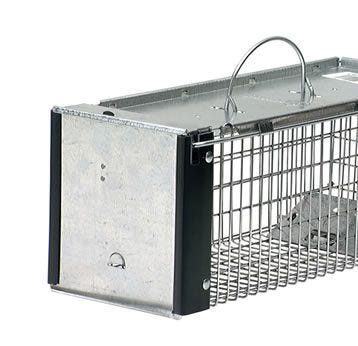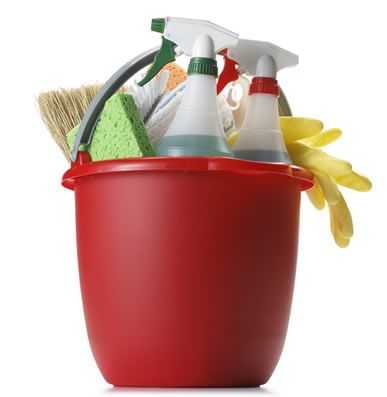





Rats
How to Trap Rats
Using a live trap to remove rats from your home or business is an easy and effective way to eliminate a rat problem. Below, Havahart® offers step-by-step trapping instructions as well as expert tips to help you successfully catch a rat.
1 Select a Live Rat Trap

A live rat trap should be large enough so that the entire animal - including its long tail - fits inside. The best rat traps are small or extra-small, depending on the size of the rats you want to catch. Choose from either 1 or 2-door models:
| 1-Door |
|
| 2-Door |
|
2 Determine Trap Placement

Rats travel along pathways like walls and wires, and tend to use the exact same pathways time after time. The best location for your trap is longways against a wall closest to the damage.
Signs of rat damage include:
- rat droppings
- holes in food/other packaging
- tooth marks on wood
- chewed wires, piping or insulation
- grease or smudge marks on surfaces
- rat tracks
Place your trap on a level surface to avoid disturbing the trigger mechanism.

3 Select and Position Bait
Bait selection and positioning are important elements of a successful capture:
- Peanut butter or dried fruit are great baits for both the Norway rat and the roof rat.
- Rats are wary of human scent. Wear gloves when baiting your trap to avoid transferring your scent onto the trap.
- Position the bait in a way that will provoke the rat to fully enter and step on the trigger pan (see diagrams on the right).
For more expert baiting tips, read How To: Rat Baits »

4 Set Your Trap
When you are ready to catch a rat, open your trap door(s) to the set position. Each rat trap has a unique setting mechanism, so be sure to follow the specific model's instructions.
TIP: Set your trap in one simple step with Easy Set® technology.

5 Monitor Your Trap
Leaving a rat trapped in a cage for an extended period of time is a danger to the rat as well as your home and family. Once a rat is trapped, it's important to remove it from your home in a timely manner.

6 You've Caught a Rat!
- It's very important that you wear heavy gloves whenever handling a rat to avoid contact with the animal and prevent the spread of germs or diseases.
- If local laws permit, release the rat at least 2 miles away
- Disinfect your trap with a bleach solution immediately after you release the rat.

7 Reduce Rat Attractants
After removing rats from your home, prevent other rats from invading by reducing food attractants. Some actions to take include:
- storing all food in rodent-proof containers
- removing garbage and using tight-fitting lids on your trash cans
- keeping your home spotless, sweeping and sanitizing surfaces often
- removing pet food when your pet is not feeding
- cleaning up fallen nuts, berries, seeds, etc. in your yard
Expert Tips
- Unlike mice (who are very curious), rats tend to be neophobic - shy of new objects in their territory. Introduce your trap by "pre-baiting" it: position it properly (step 2), tie the door(s) open and place some bait inside. Allow your rats to get used to the trap's position, re-baiting periodically if necessary. After about a week you can untie the doors and proceed with trapping your rat.
- Wear gloves whenever handling a rat trap to avoid transferring your scent to the trap. A rat may be even more cautious of a trap if it carries human scent.
- Make sure you are familiar with wildlife regulations in your area before trapping and relocating a rat.
- After removing the rats from your home with live trap, keep them away by using an ultrasonic rat repellent.
